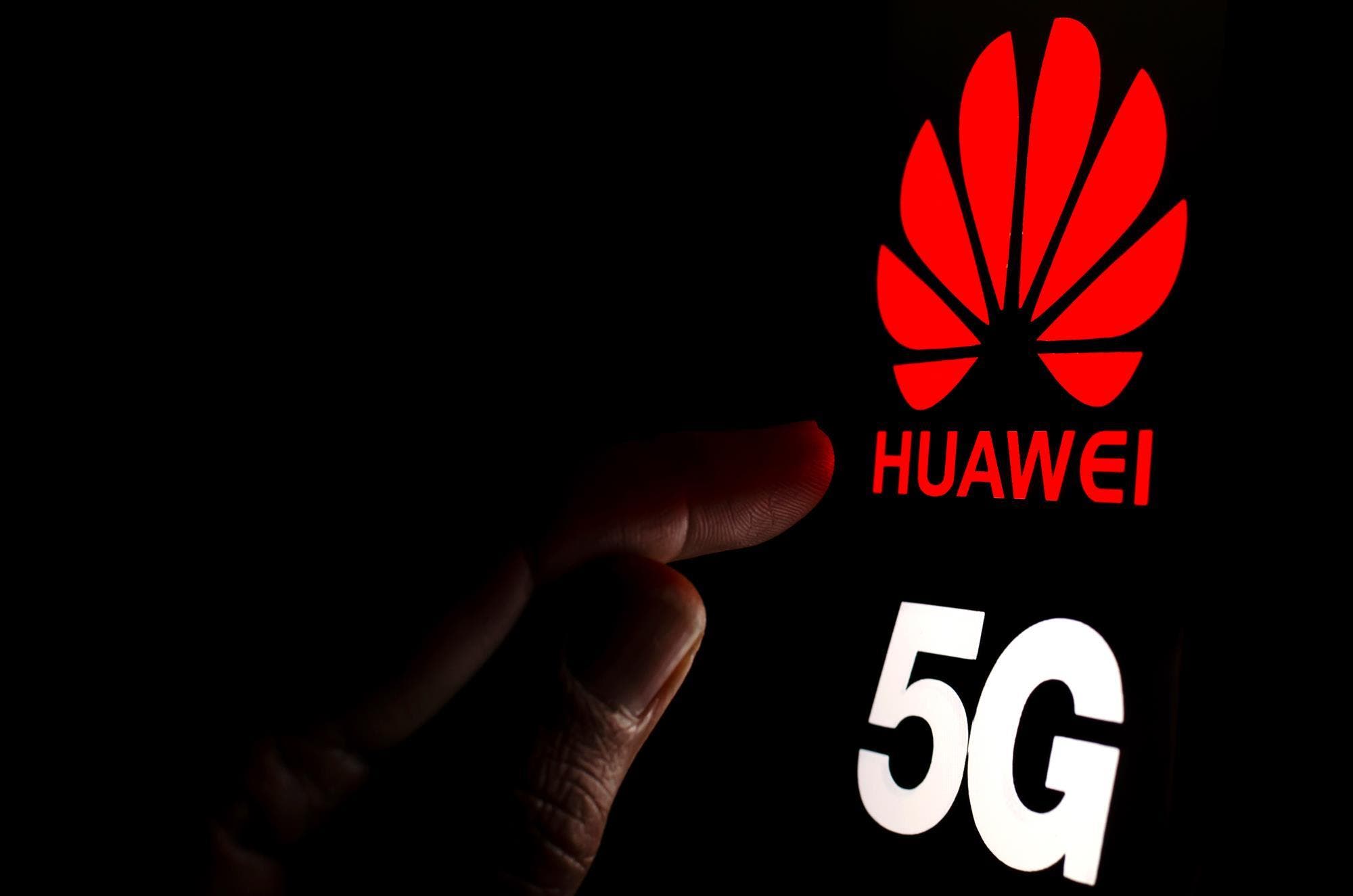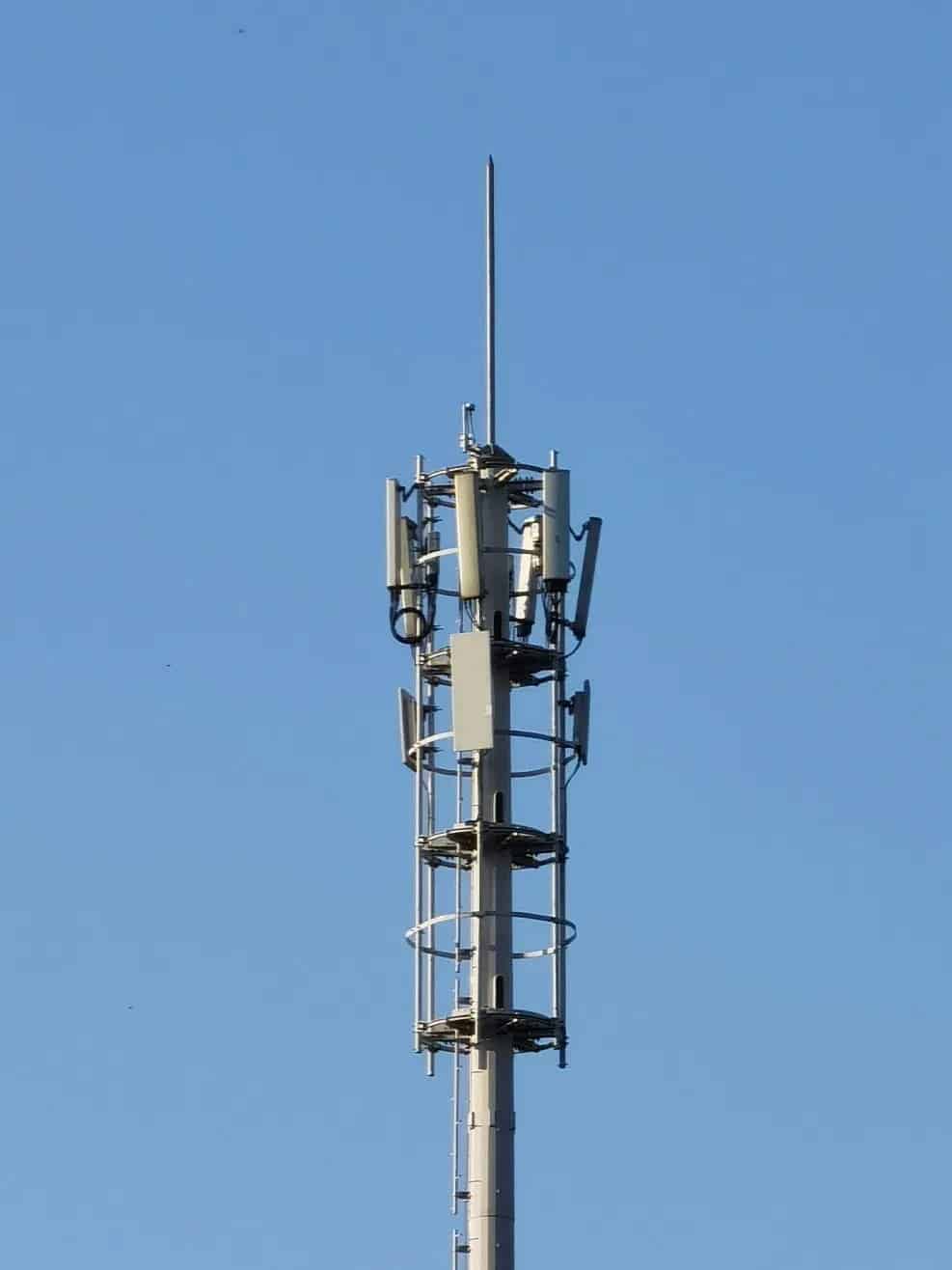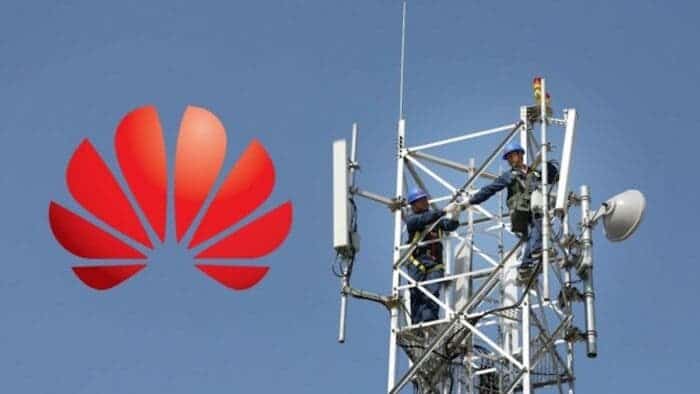Huawei, a Chinese multinational technology company, has completed all functional test cases of 5G-A technology. With this, the company takes the lead in the race to develop and deploy 5G technology. The completion of these test cases is a big milestone for Huawei. This is because it shows the company’s ability to deliver a reliable and efficient 5G network.

What is 5G-A Technology?
5G-A is a set of functional test cases that evaluate the performance of 5G networks. These test cases cover a wide range of scenarios, including data transmission, voice and video calls, and mobility. The completion of all test cases is a critical step in the development of 5G technology. It ensures that the network can handle the demands of real-world applications.
Huawei announced the completion of the tests on its official Weibo handle a few days ago. Under the IMT-2020 (5G) Promotion Group, Huawei took the lead in completing all functional test cases of 5G-A. Huawei said that this test covered the key technologies of uplink and downlink ultra-broadband. It also covers broadband real-time interaction 5G-A, fully demonstrating Huawei’s leadership in 5G-A technology.
Huawei’s Journey to 5G
Huawei has been at the forefront of 5G development, investing heavily in research and development. The target of the company is to create a reliable and efficient 5G network. The company has faced huge issues along the way. This includes bans on its equipment in several countries, such as the US, UK, and Australia.
However, Huawei has continued to push forward, demonstrating its commitment to delivering a world-class 5G network. The reason for the ban on Huawei is not the focus of this article. However, if you want to know the reason why the U.S. and other countries listed above banned Huawei, click here.

Huawei’s 5G-A Tests
5CC carrier aggregation
During the test, Huawei completed the ultra-large bandwidth test of 5CC carrier aggregation. It took the lead in verifying the downlink multi-carrier scheduling solution. The company also completed multi-carrier testing for the first time in key technologies such as Single DCI and SSB-Less.
Through channel status sharing between discrete frequency bands, integrated scheduling of multiple cells is achieved to maximize spectrum efficiency. The ultimate 10G downlink experience can effectively support future-oriented immersive business experience requirements such as naked-eye 3D and XR.
Uplink channel switching
At the same time, Huawei took the lead in completing the test of the uplink 2Tx Switching enhancement solution. Huawei also completed the uplink channel switching test between three frequency bands for the first time in the industry. It achieved flexible scheduling at the time slot level and improved spectrum resource utilization and user uplink experience.
This technology can effectively support a single-user uplink transmission rate of 1 Gbps. On the one hand, it can meet the needs of interactive immersive services such as AI training data on the cloud, cloud photography, and cloud conferencing. Furthermore, it can enable AI quality in industrial production, inspection, and security monitoring. It will also help remote control and other large upstream business applications.
XR services
Multimedia real-time interactive services such as XR also require high speed, low latency and high-reliability network capabilities. During the test, Huawei took the lead in opening up the end-to-end service flow transmission of XR services from base stations to core networks.
For the first time, it used applied technologies such as business differential scheduling guarantee and QoS multi-service flow awareness to XR services. This is to ensure user speed and latency. This technology can provide real-time guarantees for delay-sensitive services such as cloud gaming, cloud rendering, cloud transcoding, and end-pipe collaboration of AI computing power.
The Benefits of 5G
The completion of all functional test cases of 5G-A is a huge feat for Huawei and the 5G industry as a whole. 5G technology promises to revolutionize the way we live and work. It offers faster download and upload speeds, lower latency, and greater reliability. This technology will enable new applications and services, such as autonomous cars, remote surgery, and smart cities.
Huawei said that 5G-A, as an evolution and enhancement of 5G, has achieved a 10-fold improvement in network capabilities. The company mentioned an increase in connection speed and latency. It also brings new revolutionary technologies such as synaesthesia integration, passive IoT, and endogenous intelligence. It is building the infrastructure for the future intelligent society.
Huawei has long been committed to the research, development and innovation of 5G-A network technology. It has also achieved a series of key technological breakthroughs such as uplink and downlink ultra-wideband, broadband real-time interaction, passive IoT, and RedCap. The company has also completed cooperation with many operators and industry partners around the world.

Issues Ahead
While the completion of all functional test cases of 5G-A is a huge feat, there are still issues ahead for Huawei and the 5G industry. One of the most copious issues is the establishment of a robust security framework for 5G networks. Huawei has published a white paper on 5G security, outlining its approach to addressing security concerns. The company has also designed test cases based on threat modelling to verify the effectiveness of its security measures.
Another issue is the establishment of a global standard for 5G networks. The 5G system overview outlines the fundamental requirements of 5G, including the eight 5G enabling critical criteria. However, several essential difficulties must be effectively solved before 5G technology can be globalized.
Final Words
Huawei’s completion of all functional test cases of 5G-A is a significant milestone for the company and the 5G industry. This achievement demonstrates Huawei’s commitment to delivering a reliable and efficient 5G network. While there are still challenges ahead, the benefits of 5G technology are clear, and the race to develop and deploy 5G networks is well underway.






Essential difficulty #1 – US and their need to stop anyone else especially a non-vassal country from taking the lead in tech.